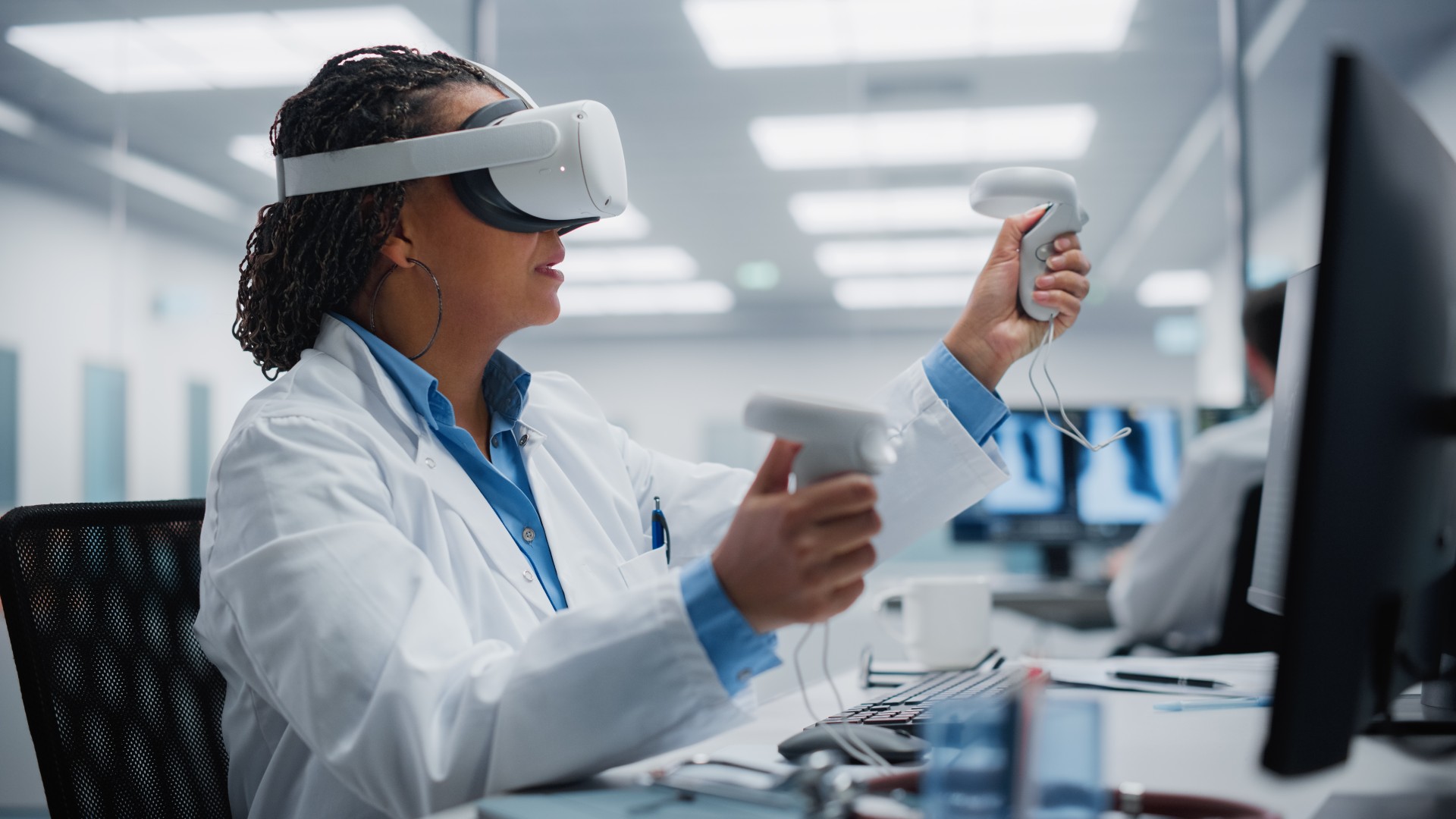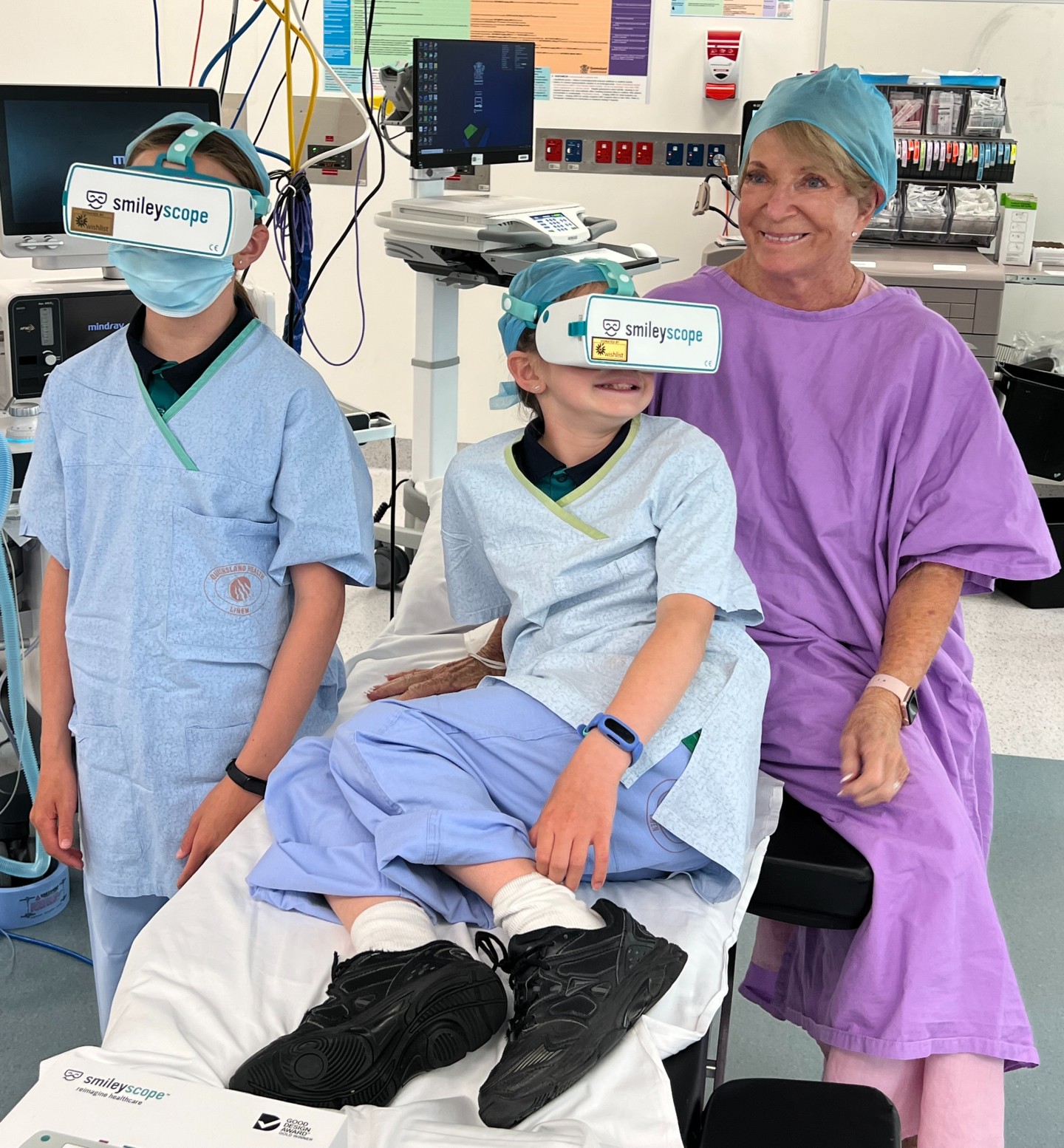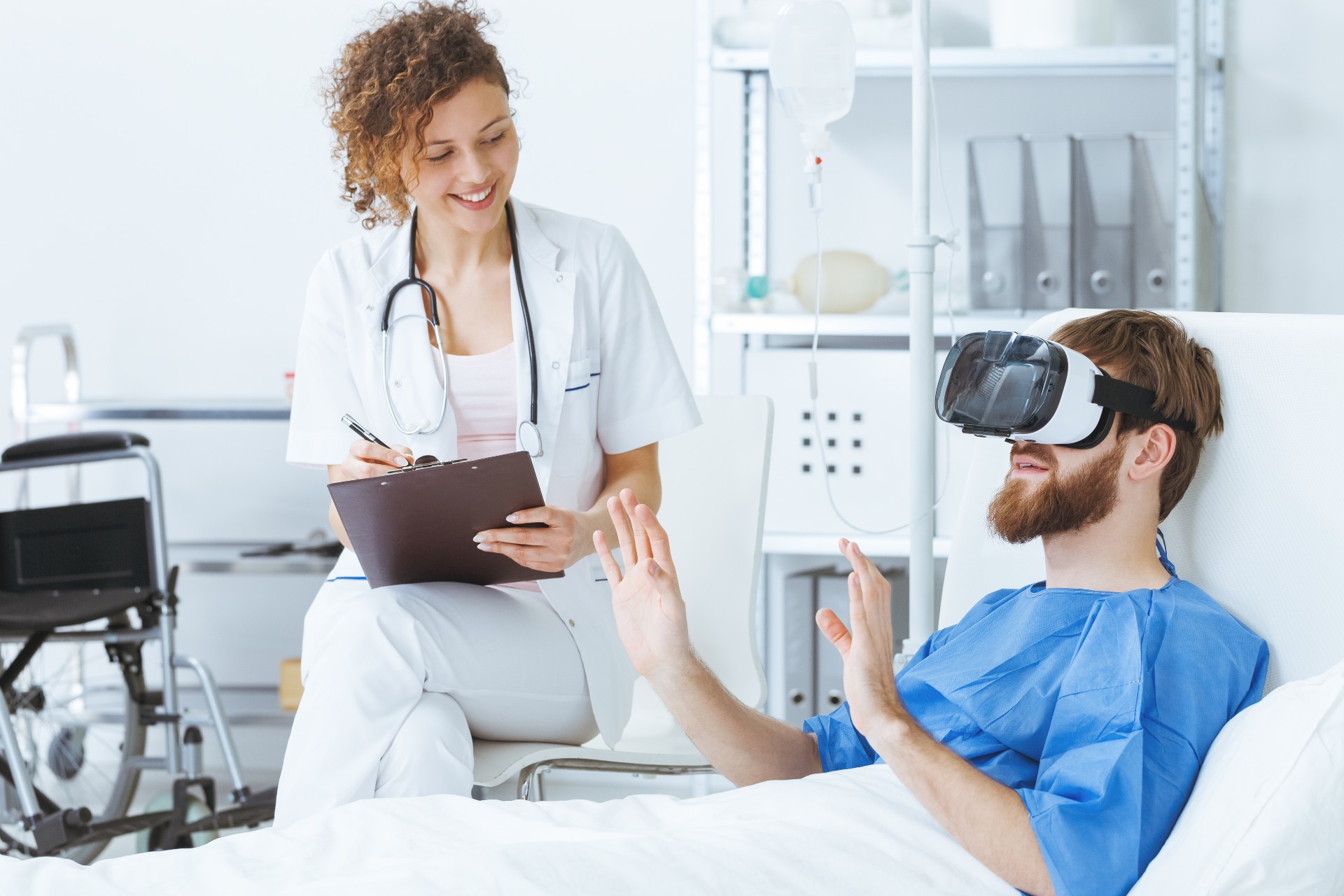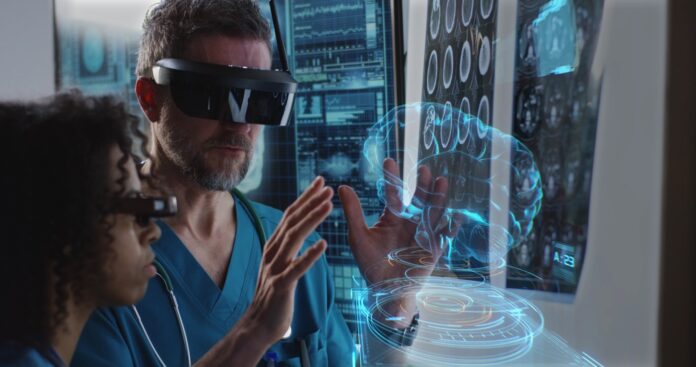Forget any notion that virtual reality is just a quirky gaming toy.
The future is here now, in industries as diverse as architecture, real estate, hospitality and tourism, and law enforcement.
All have embraced VR and are tapping into the wide-ranging applications of its three-dimensional, computer-generated environment.
The technology allows a user to immerse themselves in new worlds, simulating a situation or experience with the help of a VR headset, and possibly special 3D goggles and gloves that provide sensory feedback.
But perhaps the most groundbreaking uses have shown themselves in medicine.

VR has had immeasurable success in areas such as training doctors and medical students, patient treatment and educating people about a disease, condition or process.
Wishlist – the not-for-profit organisation dedicated to fundraising for the Sunshine Coast Hospital and Health Service – has been quick to jump on board, recognising the many benefits of VR in a hospital context.
Do you have an opinion to share? Submit a Letter to the Editor with your name and suburb at Sunshine Coast News via: news@sunshinecoastnews.com.au
Acting CEO Brendan Hogan said virtual reality equipment funded by Wishlist started its rollout at the Sunshine Coast University Hospital (SCUH) last year and the charity was now seeing an increase in health staff wanting this type of equipment – in particular, virtual reality goggles to help distract children during painful procedures.
“In fact, SCUH was the first Queensland hospital to use this type of equipment (Smileyscopes) in an emergency setting, thanks to 92.7 MIX FM Give Me 5 donors in 2021,” he said.
“We have funded virtual reality goggles in every public emergency department on the Sunshine Coast and Gympie.”

Mr Hogan said Wishlist had an extra four separate areas approved for new VR equipment:
- a set of virtual reality goggles for patients with kidney conditions to help with needle phobias. Frontline health staff have identified that reducing anxiety around these phobias will lead to improved patient outcomes by encouraging patients to complete their prescribed treatment in the correct timeframe.
- a set of virtual reality goggles for the Caloundra Hospital Minor Injury and Illness Clinic for young patients requiring sutures, glue or immobilisation of fractures. Instead of sending these patients to the busy SCUH emergency department, VR can help distract patients to ensure these procedures can occur at that clinic.
- three VR goggles to Ambulatory Care departments at Gympie Hospital, Nambour Hospital and SCUH to provide distraction during orthopaedic fracture manipulation and ear, nose and throat procedures. These procedures can be highly stressful for patients and those around them, so VR will provide an alternative focus for the patient to alleviate heightened anxiety, pain and discomfort.
- VR equipment (different to the Smileyscopes) will help the End of Life Care team pave the way for more efficient clinical training, as well as implementing the technology in a palliative care setting for patients to tick off their ‘bucket list’ while bed-bound because of their life-limited illness.
Mr Hogan said the $30,000 palliative care project was cutting edge and his organisation was “thrilled to be funding this project, pending donations to Wishlist”.
“Our world is fast-paced and it’s exciting that our health teams are identifying contemporary opportunities to enhance healthcare right here on the Coast,” he said.

Uses of virtual reality in medicine
- Educational purposes: Just as tourists can take virtual walks through modelled landmarks, medical students are taking virtual tours along the systems of the human body to see how it works from the inside. VR enables customised environments and scenarios: for example, for paramedic training under realistic and stressful conditions.
- Surgical training: VR allows practitioners to hone skills without facing real-life consequences, yet with great cost saving– of advantage especially in high-risk activities such as surgery.
- Dentistry: Dentists are able to practise their skills on virtual patients or 3D models of teeth using special drills configured to imitate real-life tactile feedback.
- Operation planning and test runs: 3D models are invaluable during preparation for complex surgeries. Using 3D imagery based on MRI and/or CT scans, surgeons obtain precise models of patients’ organs or bodies, examining them from various angles.
- Patient informing and consulting: 3D visualisation of CT results is useful not only for surgeons but also for doctors, therapists and specialists in explaining to patients the effects of their illnesses.
- Helping patients with Alzheimer’s: Researchers at Cambridge University designed and implemented a navigation test that uses VR to detect patients with early Alzheimer’s and is more reliable than a conventional cognitive assessment.
- Dealing with motor skill disorders: Many types of illnesses and traumas severely damage the brain, limbs and nervous system, causing motor skills to deteriorate or disappear. VR has been used to help patients regain skills during extensive rehabilitation.
- Overcoming stress, fears and complexes: VR can be effectively applied in psychotherapy as a method of treating various phobias and other mental health conditions.
- Patient distraction: VR has been used as an effective distractor to relieve patients’ pain and discomfort.
- Healthy lifestyle promotion: The excellent visual impact of VR can be used to educate people, especially the youth, about the harmful effects of such habits as smoking, alcohol and drug abuse, an unwholesome diet or sedentary lifestyle.
Source: Light It Global.
Local journalists supporting local people. Help keep independent and fair Sunshine Coast news coming by subscribing to our free daily news feed. All it requires is your name and email. SUBSCRIBE here now.





